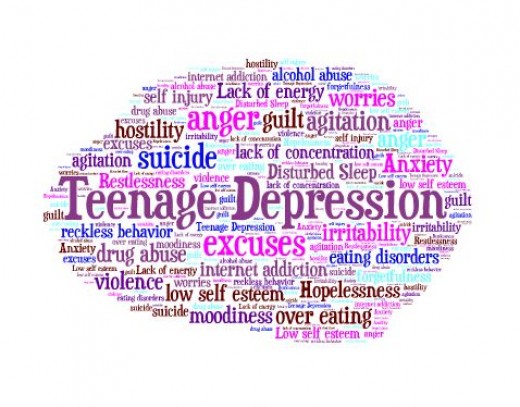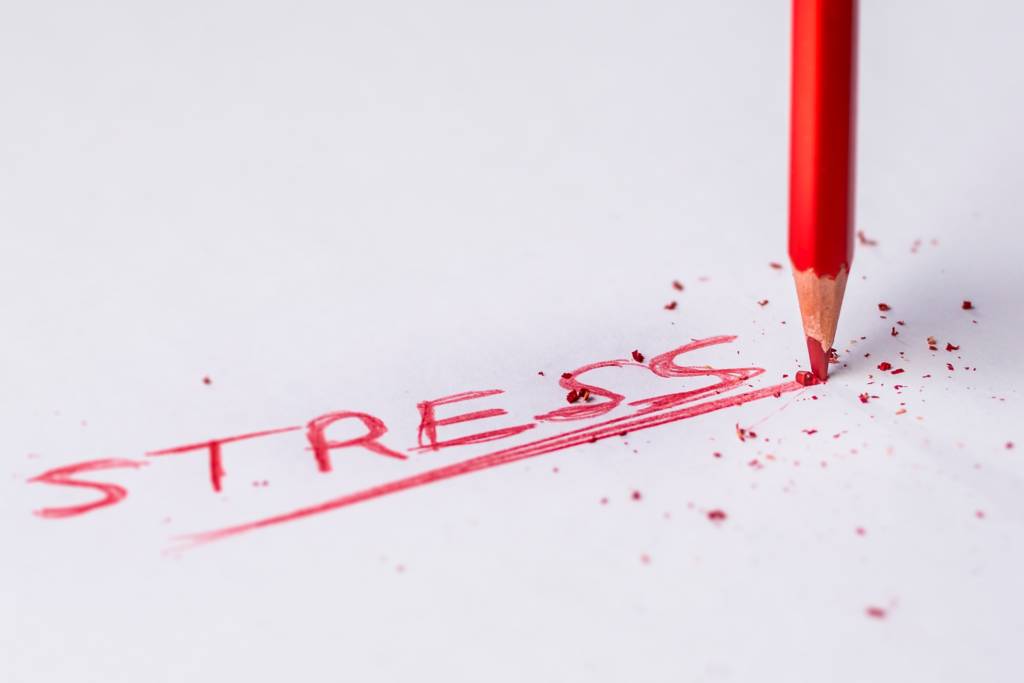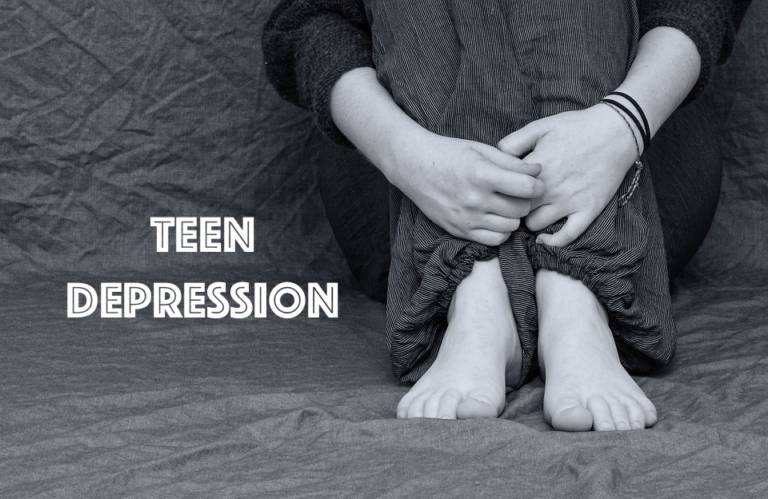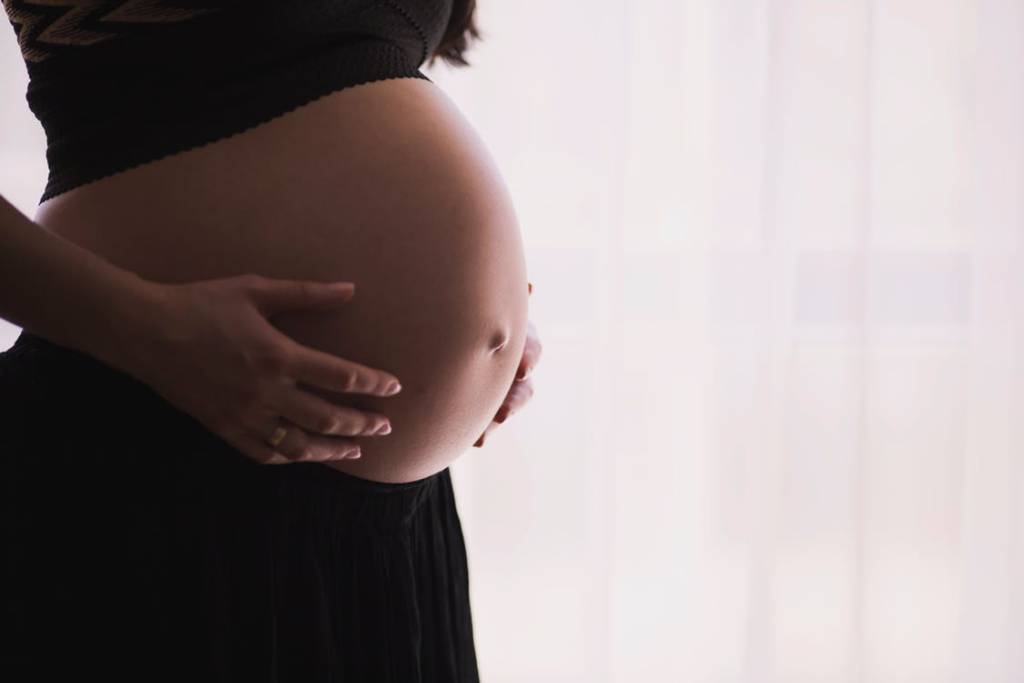Prevalence of Major Depressive Episodes Among Adolescents
– 3.1 million adolescents aged 12 to 17 in the United States had at least one major depressive episode.
– This number represents 12.8% of the U.S. population aged 12 to 17
– Rates were higher among adolescent females (19.4%) compared to males (6.4%).
– Prevalence depression was highest among adolescents reporting two or more races (13.8%).
(National Institute of Mental Health, 2016)
Symptoms of Depression in Adolescents
Depression in teens can affect how they think, feel and behave, causing emotional, functional and physical problems.
Emotional Changes:
– Feelings of sadness or crying spells for no apparent reason
– Frustration or anger, even over small matters
– Feeling hopeless or empty
– Irritable or annoyed mood most of the day
– Loss of interest or pleasure in enjoyable activities or family and friends
– Low self-esteem
– Feelings of worthlessness or guilt
– Fixation on past failures or self-blame and self-criticism
– Extreme sensitivity to rejection or failure
– Trouble thinking, concentrating, making decisions and remembering things
– Ongoing sense that life and the future are grim and bleak
– Frequent thoughts of death, dying or suicide
Behavioral Changes
– Tiredness and loss of energy
– Insomnia or sleeping too much
– Changes in appetite (decreased appetite and weight loss or increased cravings for food and weight gain)
– Use of alcohol or drugs
– Agitation or restlessness (pacing, inability to sit still)
– Slowed thinking, speaking or body movements
– Frequent complaints of unexplained body aches and headaches
– Social isolation
– Poor school performance or frequent absences
– Less attention to hygiene or appearance
– Angry outbursts, risky behavior, or other acting-out behaviors
– Self-harm (cutting, burning, etc)
– Making a suicide plan or a suicide attempt








